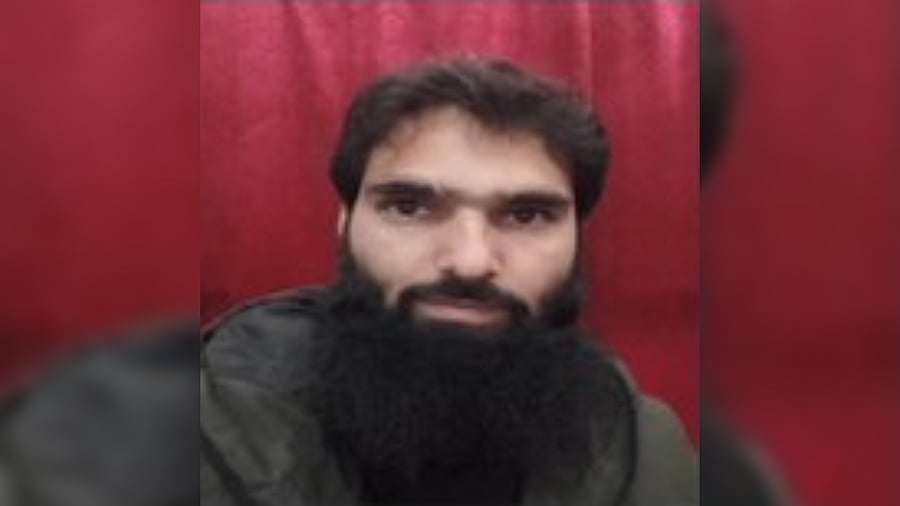
Adeel Ahmad Rather
Photo: X
Srinagar: When Adeel Ahmad Rather, a young Kashmiri physician, left the Government Medical College (GMC) Anantnag in October 2024 to join a private hospital in Uttar Pradesh, few could have imagined that his career shift would later be viewed as the starting point of one of India’s most chilling terror conspiracies in recent years.
According to intelligence sources, the move marked the beginning of a carefully orchestrated plan that would stretch across several States, culminating in the Red Fort car bomb blast in New Delhi on November 10 that killed at least 12 people. Investigators now believe the planning for what they describe as a “pan-India terror campaign” began more than a year ago — and that Rather’s transfer was not a coincidence but a strategic relocation designed to expand the group’s reach beyond Kashmir.
Sources said the module, which has come to be known as the “doctor terror module”, used the mobility and credibility of educated professionals to evade suspicion while setting up logistical bases across north India.
The police believe that once Rather shifted to Uttar Pradesh, he and his associates began identifying sympathisers among Kashmiri and local professionals in cities such as Delhi and Faridabad. Rented accommodations were taken, where investigators later found evidence of explosive storage and assembly activity.
The breakthrough came with the recovery of 2,900 kg of explosive material from a rented flat in Faridabad of Muzammil Shakeel, an associate of Rather. The discovery — one of the largest such seizures in recent years— led to the unravelling of a network that investigators now suspect had planned simultaneous attacks across multiple cities.
“The plan was to create a series of low-cost, high-impact explosions that would stretch security agencies and reignite fear across the country,” said an intelligence officer involved in the probe.
He said that while the ideological roots of the module lay in southern Kashmir, its operational blueprint was national in scope. The group’s members allegedly used professional relocation, internships, and medical fellowships to move between cities — effectively creating a network of sleeper operatives living ordinary lives.
“They understood that after years of counterinsurgency in Kashmir, the focus had shifted away from mainland India. Using educated professionals allowed them to build infrastructure quietly — safe houses, bank accounts, and supply chains — without attracting attention,” the officer added.
The case has alarmed security agencies, who see it as a sign of “white-collar radicalisation” — a phenomenon where educated individuals exploit professional spaces to further extremist agendas. Preliminary findings suggest the module operated on multiple tiers: one focused on logistics and procurement, another on recruitment and propaganda. A few of the suspects are believed to have received training during their brief trips abroad, in the guise of medical or academic fellowships.
Security officials said at least a dozen medical professionals are under watch for possible complicity. “It is a frightening evolution of militancy — from guns in forests to bomb-makers in laboratories,” they said. “The Faridabad recovery prevented what could have been a chain of urban bombings across India.”
For now, investigators are still mapping the chain of command — who directed Rather and how far the network’s roots extend overseas. But they are certain of one thing: the seeds of the November 10 attack were sown when a doctor from south Kashmir quietly traded his hospital in Anantnag for a new posting in Uttar Pradesh.